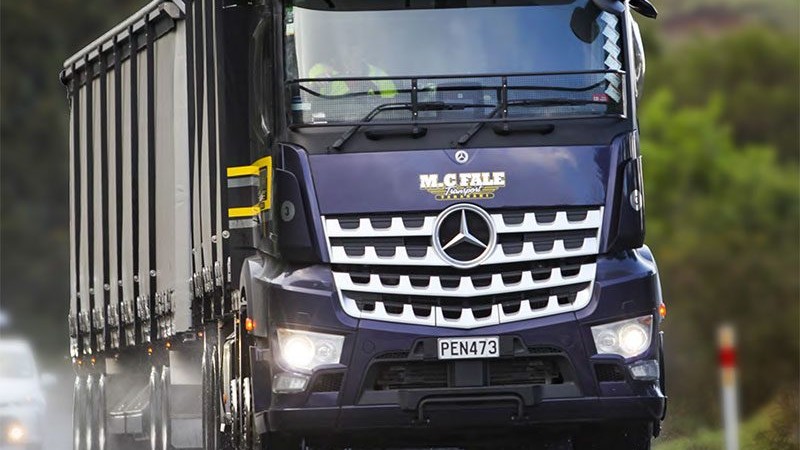Kicking and Screening

The other day, I had a startling realisation. The events of the day were like any other. My phone alarm woke me up, and once I was fully back in the land of the living, I checked overnight notifications, emails, and all the usual stuff.
After my morning routine of an hour or so – which included a fair bit of phone use – I sat down at my desk, with two screens staring back at me, where I stayed for the rest of the day (with the odd break, of course). Later, a YouTube video was set to play on my phone while I cooked tea. After dinner, I kicked back on the couch to see what was on television.
The realisation came a couple of hours later when I physically couldn’t get my eyes to look at a screen any longer. In short, most of my waking hours are experienced staring at a screen.
I thought back to days as a kid in front of the TV or family computer. “That’s enough – you’ll get square-eyed.” I heard that more than a few times, but a couple of decades later, I’d really experienced it.
While some, perhaps of a younger generation than mine, would relish the opportunity to live in a fully digital world (don’t get me started on the Metaverse), I suddenly quite liked the idea of having a job like truck driving. With driving, you can look out at the real world all day and stare into screens far less frequently than perhaps most working people do. Interestingly, I had that experience not long after we’d spent a couple of days in the field with the team at MC Fale Transport, getting to grips with the company’s latest Mercedes-Benz Arocs 3258, fitted with the brand’s MirrorCam system and MultiMedia Cockpit. (Turn to page 24 to read the full story.)
Love or hate it, interaction with the modern vehicle – any vehicle – through screens is increasing. Talking trucks, infotainment systems buried in the dashboard are being joined by full digital instrumentation – and in the case of the Mercedes and MirrorCam (as an example, because it’s currently the only brand offering the technology in New Zealand), the screen count doubles. Add in the likes of EROAD, company tablets and cell phones, and the number of screens facing the modern- day truckie is astronomical compared with the single one that their forebears would’ve used to prevent the outside elements from rushing in.
And it’s only going to increase. Accounts vary, but in the next decade, the market value for automotive display systems will likely double. Yes, systems such as MirrorCam have their merits (which we deliberated in our April 2020 issue) and, honestly, the more I interact with the technology, the more I’m convinced by it. But I still can’t help but wonder, how much is too much? Might all the screens shining back at the driver eventually affect their eyes? And is there a benefit in looking at physical instruments and buttons, and real reflections in a mirror, as opposed to digital representations of them projected by screens? Surely, it’s possible for ‘screen fatigue’ to set in? I’d love to read a study on this.
Finally, there’s the question of distraction. This is the big one: the more functions and information hidden in a system’s pages, menus and sub-menus, the more the driver will likely spend time with their eyes off the road trying to access them. Numerous studies of car drivers over the past decade have proved this. They have concluded that the systems can impair reaction times more than alcohol and cannabis and have measured drivers’ eyes completely off the road for up to 40 seconds.
As behaviour neuroscientist Dr Lucia Kelleher said at the 2019 Road Transport Conference, humans today are already suffering from Busy Brain Syndrome – we’re over stimulated and our digital world is severely compromising brain processing.
So, while there’s nothing wrong with de-cluttering the driver’s workplace, going too far in the opposite direction is counterproductive.
Yes, the truck driver’s view of the world is changing. The key is making sure you don’t get square-eyed and distracted.

Read more
The more things change…
0 Comments5 Minutes
Keeping up with the times
0 Comments4 Minutes
For the kids
1 Comment7 Minutes
Back to school
0 Comments5 Minutes





